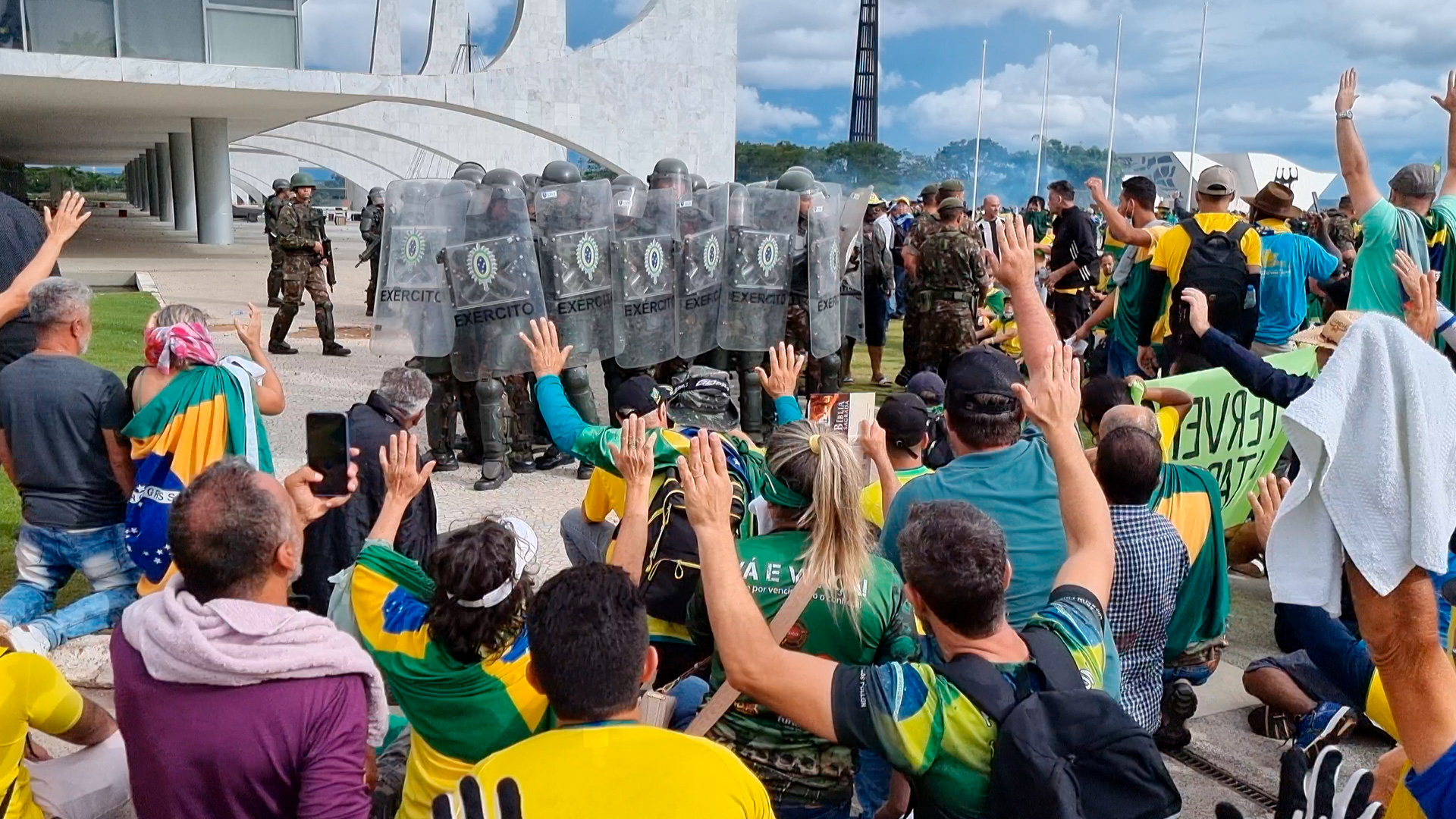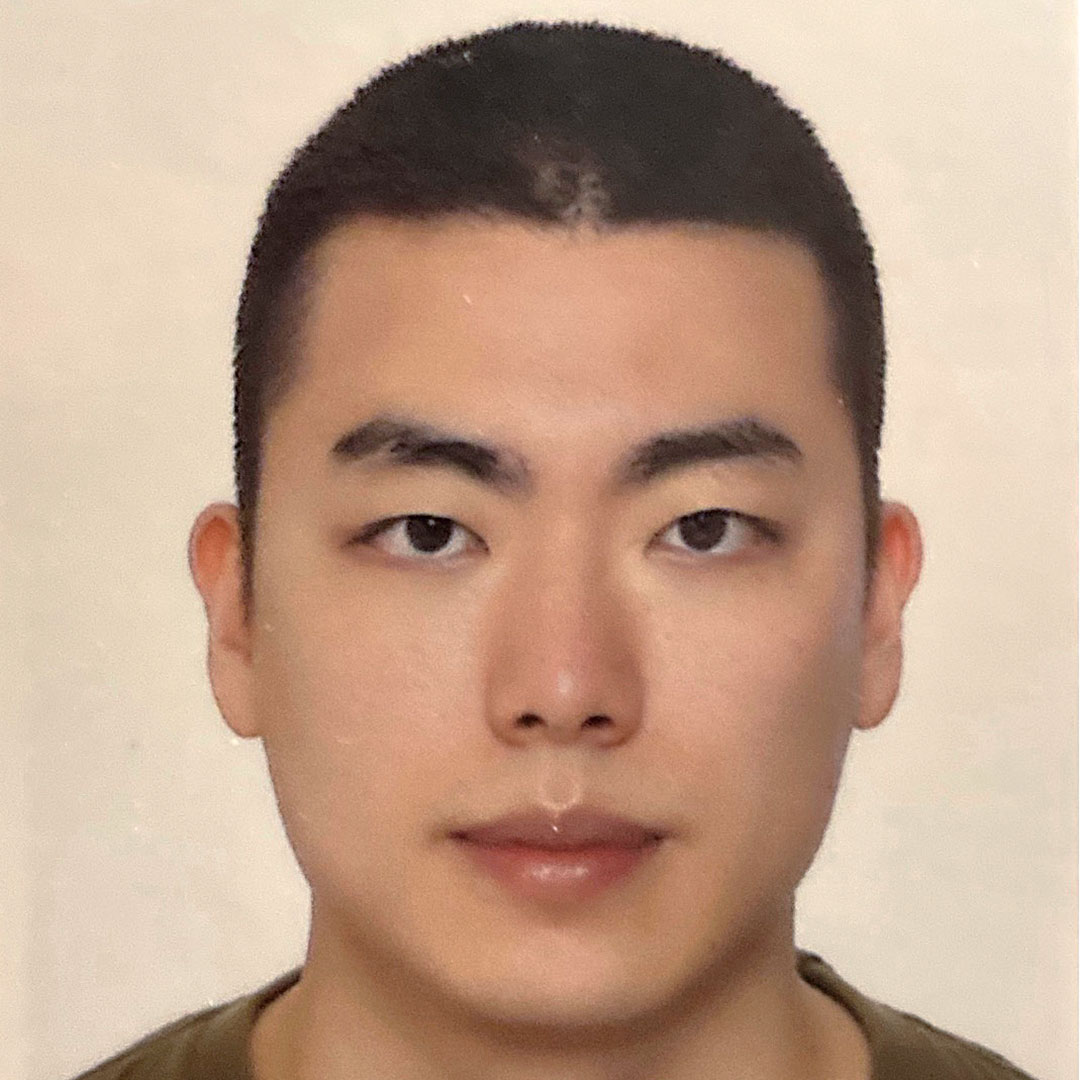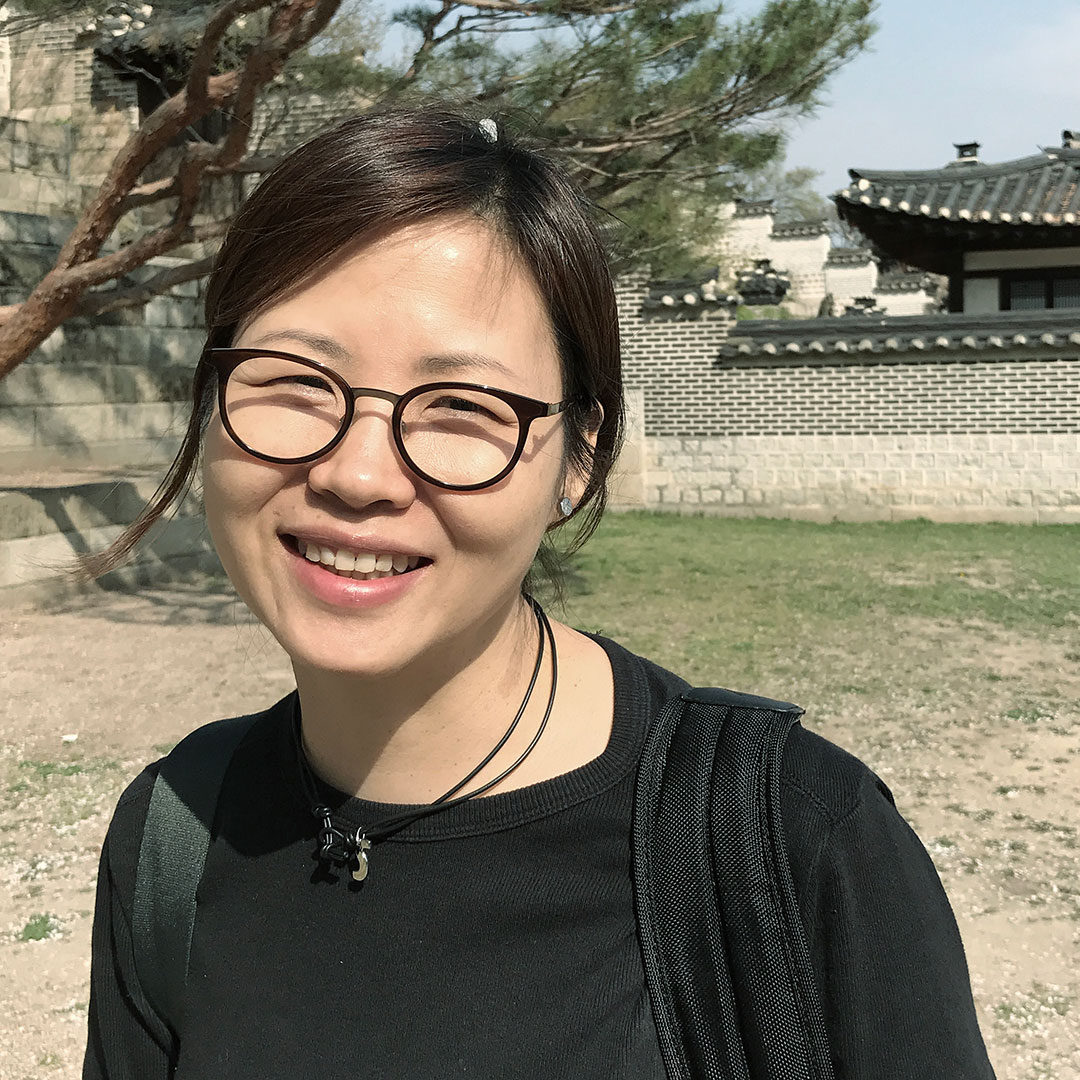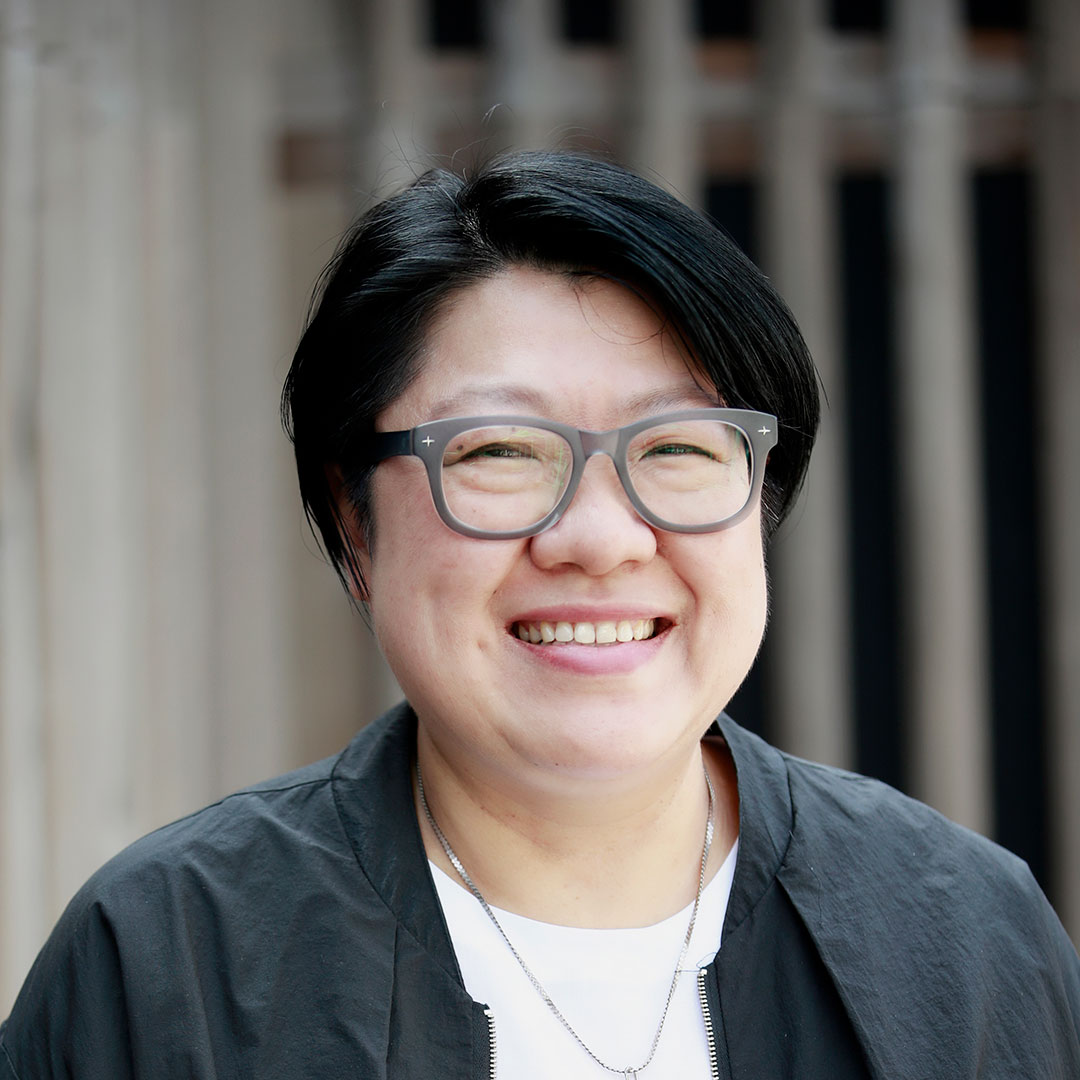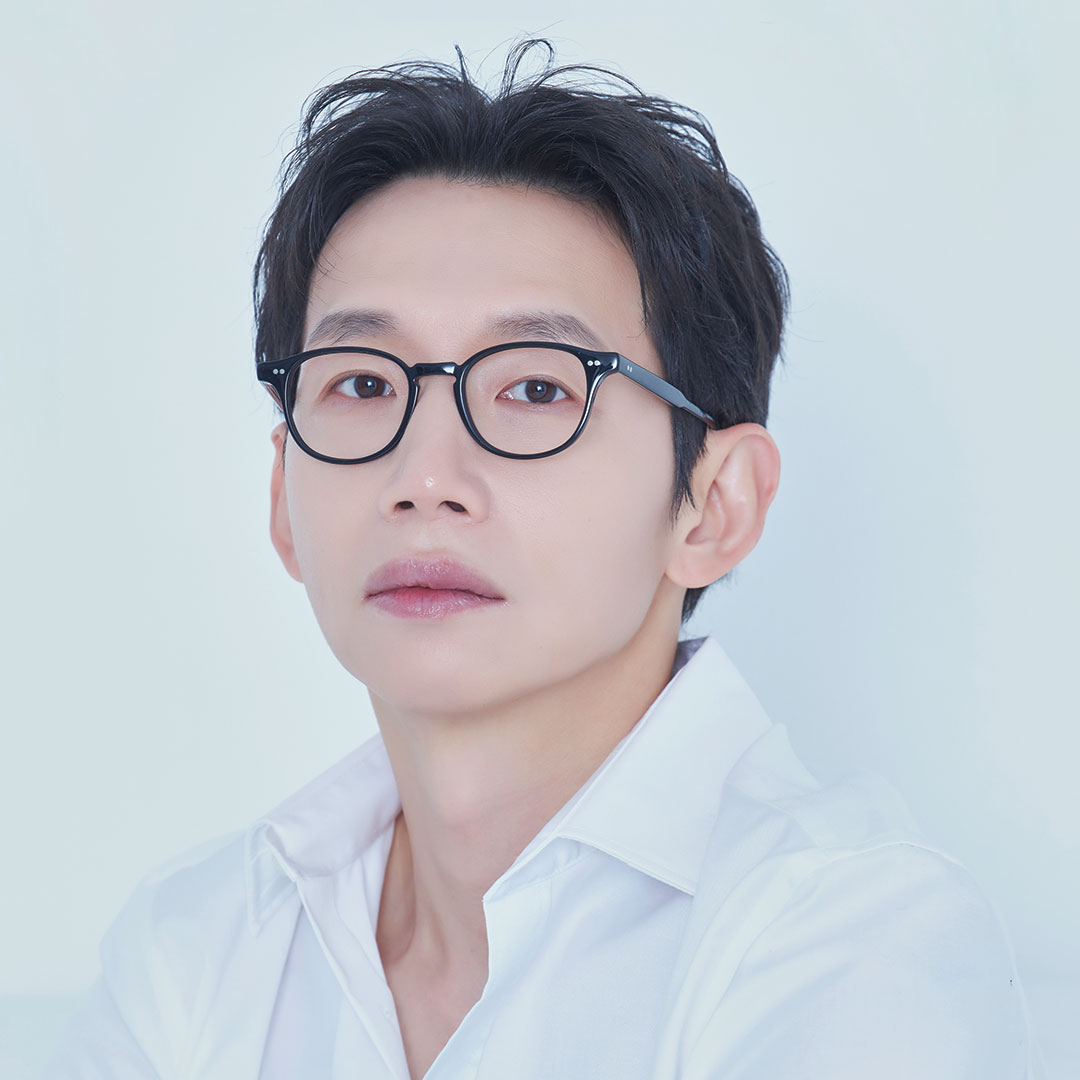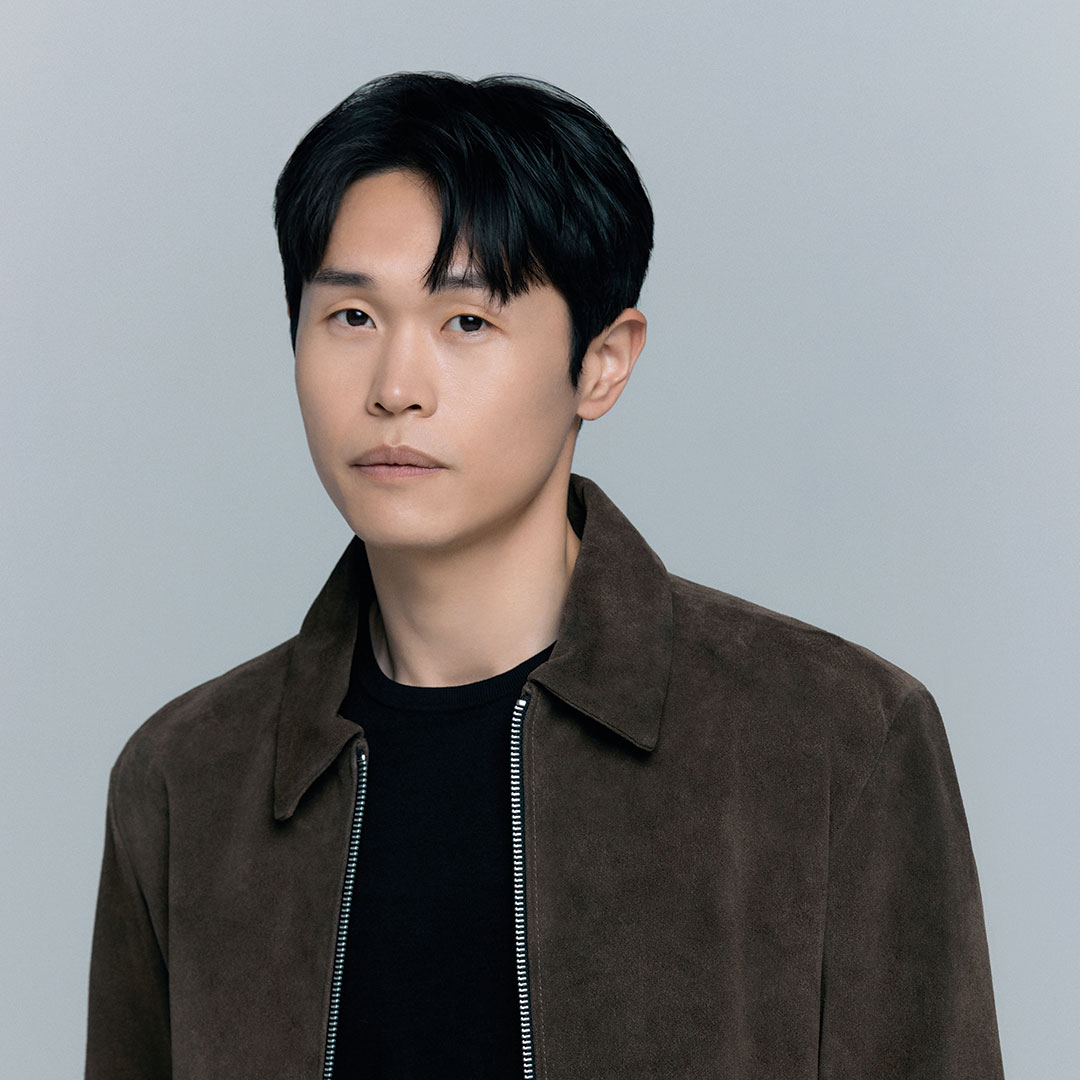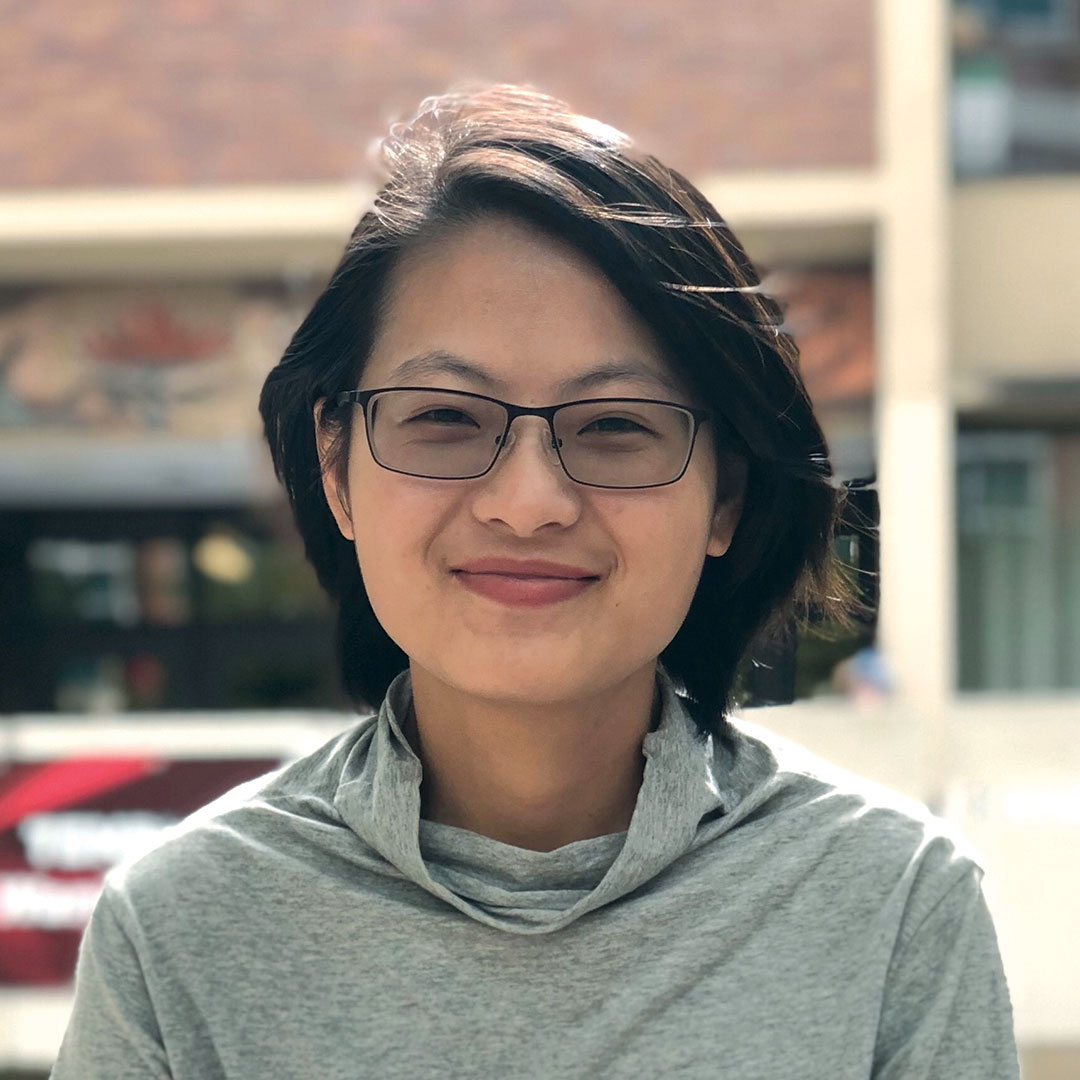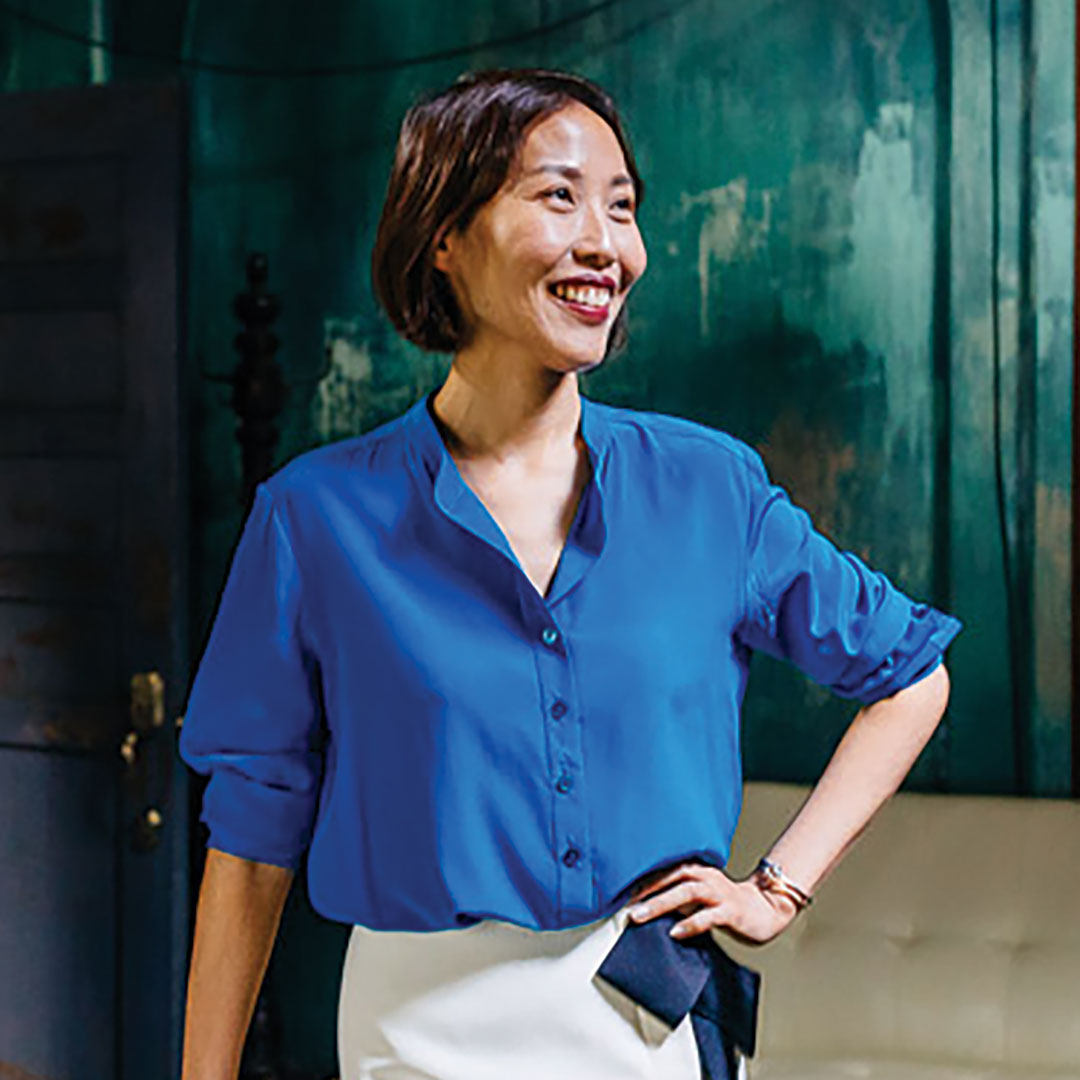브라질 대선의 기록 At this Moment, in the Nation’s Sky
감독 산드라 코구트 Sandra KOGUT | Brazil | 2024 | 106min | Documentary | 다시, 민주주의로 Again, Towards Democracy
The film begins with an interesting voice. A woman says she would refuse to participate if the interviewer supports Lula, assuming that most filmmakers lean left. Why did you choose to open the film with this voice? What kind of positioning did you intend for the film, or yourself as the filmmaker, through this choice?
This documentary was born out of an impossibility. In a way, it’s an impossible movie to make. It was the first time I made a movie in which everyone involved was so openly implicated. We were all citizens, we were all going to vote, we all had a side. I had a genuine desire to listen to the extreme right, to the other side. But I also didn’t want to hide, lie, or pretend that I thought differently. And I didn’t want to make a movie to convince them of anything. The power relationship between us was obviously unequal, after all, I’m the director. I didn’t want to use that on them in any way. I tried to win their trust through honesty. It was very difficult, almost impossible. That’s why I decided to open the movie with that woman speaking. Like her, there were many others. Many didn’t agree, others gave up along the way. In fact, this isn’t a film about one side or the other, it’s about a country dominated by the extreme right, by fear and misinformation. We were all in the same place. I thought it was important to make that clear from the start.
I always think a lot about the first scene in a film. It’s a moment of absolute freedom that is never repeated. And the first scene always echoes throughout the movie. I wanted people to see the film with that voice echoing in them, as it had echoed in me, for so many months, trying to make a film that seemed impossible to make.
The film features several characters, and I understand you asked them to film their daily lives during the election period. Each of them fiercely captured the situation in their own way. What criteria or process did you follow to gather these individuals? And were there any specific instructions you gave them regarding filming techniques or approaches?
During the pandemic, I made a movie with a group of volunteers for the Covid vaccines trials, where I invented a method to get them to make diaries. I would tell them how I wanted them to film, and every week they would send me material, I would look at it, guide them, we would record conversations, and I would ask for more. We did this for almost a year. It was a very rich process, which allowed us to build a relationship of trust, even at a distance.
When I decided to make this film during the election period, I wanted to use some of that learning and take this dynamic much further.
The first issue that interested me was the idea of the diary. It was a time in which we all felt prisoners of an eternal present. Each week brought an absurd new scandal that made everyone forget the absurdity of the previous week. And so on and so forth. It was hard to see the thread of the story, the coherence. We were dizzy and scared. Will there be a coup? Will the election take place? The extreme right works like this, leaving everyone dazed. So, making diaries would be a way of putting these moments side by side and try to extract a story from them. I wanted to make a kind of “archive of the present”. I also thought that one day we would have to explain this absurd era to future generations. I felt very sorry for history teachers in the future!
Teaching the characters how to make these diaries was a huge challenge. I made manuals, taught them, showed them a lot of images. I was very clear about how to shoot. I wanted wide shots, long shots, still shots, fixed camera shots. Sometimes I ended up hiring someone local, from the characters’ world. Nobody there knew anything about cinema, nor did they have a documentary culture. That brought out something very interesting and genuine. Often, they would film and send me shot by shot, as they went along, and I would direct from afar. Because there were several people filming on the same days, at the same time, in different parts of the country. It was a crazy experience, but it was the way to make this movie. I believe that every movie has its own way of being made. Discovering this means discovering a huge part of the process.
A big challenge was to make clear to the characters that this was not social media, they were not talking to the world. They were talking to me, or to themselves. It was a private conversation. Easy access to technology has given the impression that everyone is a filmmaker. But it’s almost the opposite. People have trivialized image-making and storytelling. They don’t ask the questions that filmmakers ask. In the case of this film, the manipulation of images was at the heart of the problem. It was the weapon of the extreme right and it was at the heart of our subject. Over the course of a year, we worked like this, as a network. This allowed me to be in different parts of the country, inside their lives, and with the little money we had. I thought it was important to have diversity among the characters chosen. I learned a lot from them. And suffered too.
In one scene, a few characters are denied permission to film at a polling station and express fear and anger upon realizing they were being filmed instead. This moment suggests that “filming” and “the gaze of the camera” carry political weight beyond mere documentation. How did you perceive and utilize the power of the camera in this film?
The power of images and the point of view are central issues in the film. Every movie is a gaze. And in the case of this one, there is a network of crossed points of view, and my gaze is built on the way I articulate these points of views, give them meaning, and even make them exist. I’ve always had a clear political position, and the characters have always known this.
This scene at the polling station reflects a relationship between images and power that runs through the film. This was an area dominated by the extreme right and the militia, so I wanted to film there. And a powerful weapon they use is disinformation. So, they intimidate and forbid our crew (who had a permit) from filming, but they never put down their own cell phones. The cell phone was a constant weapon in their hands. Professional cameras are barred illegally, while cell phones circulate freely. When they do this, they bypass the law. At that moment, democracy ceases to exist. What counts is the law of the strongest.
It’s important to say that in Brazil we have a Superior Electoral Court, which played a fundamental role in preventing the coup. Normally you can’t film elections from the inside with such freedom. But as they were coming under a lot of attack, I got all that access. There’s a lot I filmed that isn’t in the movie. But for me, the scenes that don’t make it into the final cut are just as important as those that do. Because without them, it might not have been possible to have the scenes chosen. Often you must film them in order not to use them. The scenes are used to understand, learn, and build. I always see a movie as a process, in which every stage, every relationship created will be on screen in some way, even indirectly. The characters who don’t make it into the final cut help those who do. I’m a big believer in that.
Throughout the film, a sense of anxiety and fear is deeply embedded. Sounds that evoke gunfire (perhaps they even are gunshots) like car crashes and fireworks, further heighten the tension. Suspicions of electoral fraud seem to emerge from both political camps. The film doesn’t conclude with Lula’s win, but instead continues to document the events that followed, sustaining those uneasy emotions.
I started the movie more than a year before the elections because I knew that we would be living through a decisive, important and probably violent moment. But I had no idea what was going to happen. I was moving forward in the dark, which was how we all lived. Throughout the process, I came to better understand the movie I was making. I understood that it wasn’t a movie about sides, but about a common ground: fear. And about how a huge part of the country had been captured by a parallel, manipulated reality made up of disinformation. When we finished filming the presidential inauguration on January 1, 2023, I thought the shoot was over. A week later, the coup attempt came. The coup we had feared so much throughout the process…! I was at home; it was Sunday and I thought: this is the first Sunday in a long time that I can breathe easy. Then the phone rang. It was one of the characters in the movie telling me to turn on the television. Over the months I had built up a very strong relationship with a photographer who lived in Brasilia, and who had fallen in love with the project. I called him, and he immediately dressed up in green and yellow (the national colors used by the extremists) and went to film. At that point he knew exactly how I wanted him to film. So, we were the only ones who made movie images of that chaos. Because the televisions only filmed from afar, and otherwise it was the chaotic images from the invaders’ cell phones. Nobody went in there.
That day redirected the whole movie. Now we had the images that had crossed everyone’s mind throughout that year, whether as a dream (for the extreme right) or as a nightmare (for the Democrats). I was sure we had to start the movie with them. The question in the film wasn’t what was going to happen, but how we got there, in that mess.
If we approach this film as a historical archive, its interpretations will be able to deepen and multiply over time. Produced between 2022 and 2023, the film released in Brazil in 2023, screened in several European countries in 2024, and will reach Korean audiences in May 2025. How do you feel about the film being shown not only in Brazil, but also across Europe and Asia? At this current moment, considering another Brazilian election coming in 2026, what do you hope the film conveys to audiences?
I’ve been traveling with the film to very different places and in all of them I see that people have a deep connection and understanding of it. In the U.S., in different parts of Europe, I notice a lot of people recognizing something familiar in this story. We know we’re talking about a worldwide phenomenon, unfortunately, that doesn’t only take place in Brazil. And the fact that the movie is made through the experience of the characters, common people like you and me, keeps it close to the viewer. They’re not types, they’re real people we can recognize. The screenings in Brazil were cathartic, completely unforgettable. From the moment the movie was finished until now, it has gained several new layers of meaning. I’m sure this will only increase with time. The more time passes, the thicker the film’s meaning becomes. It is constantly having a kind of silent dialogue with the unfolding of current events. The next one will probably be the arrest of ex-president Bolsonaro. Curiously, the film has not yet been released commercially in Brazil (it has only been shown at festivals). Although we have a democratic government, the tension remains alive, and so do the fears. I’m hoping it will hit the theaters later this year. Next year we’ll have new elections, and everything indicates that we’ll see a replay of several of the situations portrayed in the film.

